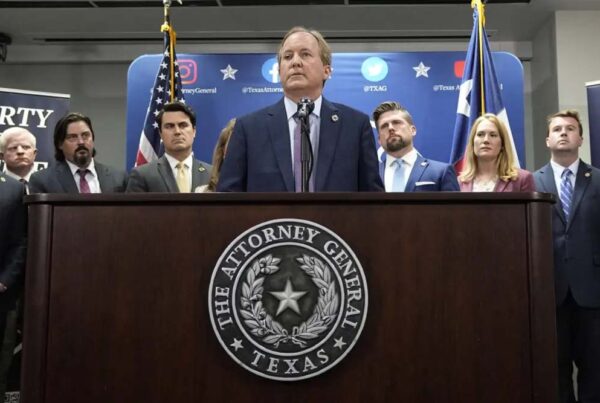In 2020, Congress mandated updates to the Free Application for Federal Student Aid, or FAFSA – used by college applicants for decades – meant to streamline the application process and make college accessible for more families. A new version of the application was made available to students for the first time in December after a delay in rolling out the changes.
How should Texas students and their families navigate this new FAFSA form, and what do the updates mean for them?
Andrew Woodward, coordinator for student financial assistance at Texas A&M University-Central Texas, joined the Standard to talk about the updated financial aid process.
This transcript has been edited lightly for clarity:
Texas Standard: Give us a rundown of what sort of changes are on this form and how they affect individual applicants.
Andrew Woodward: Well, the changes, they’re quite simple. So first, they changed the amount of questions and went from 108 questions down to 36. And the application is actually a pretty intuitive application. Depending on how you answer the questions, you may be able to skip up to maybe 26 questions in the application.
And also, there’s new terminology. Instead of saying “the parent,” they consider the person as a contributor. Like, a dependent student, whoever gives the student the most support throughout the year will be the contributor on the FAFSA.
And they also are switching from the Expected Family Contribution, which is known as the EFC, to the Student Aid Index, which is the SAI. It’s a new formula: First, it removes the number of family members in college question from the calculation, which gives better results for the individual instead of the household. And also it implements a different kind of formula, needs analysis formula, to determine the Pell Grant eligibility for the student.
» GET MORE NEWS FROM AROUND THE STATE: Sign up for Texas Standard’s weekly newsletters
Overall, those sound like they would make things easier for the students. But I’m sitting here looking at a Department of Education website, and it’s showing a whole string of open issues for FAFSA applications.
For example, I see one dating back to Jan. 4th hasn’t been resolved yet, but a student who incorrectly selects eligible non-citizen on the FAFSA form is prevented from completing and submitting a form even after the correction. What are you hearing from Texas families and students about difficulties with the rollout of this?
So we help implement, FAFSA nights for the Killeen Independent School District. And what we’ve been seeing is – I wouldn’t say this particular question – but it’s just the website is not letting them do certain things, answer certain questions, even make their FSA ID. Or the site will just crash, period.
So what do you do, I mean, if you’ve gone to a class to try to learn how to take this FAFSA, you try to apply and the website crashes? And this seems to be really widespread and common.
So it’s one of those things where you just have to, as simple as it sounds, you just got to log out and try again later. The Department of Education, they’re figuring this out as they go, and we’re just along for the ride. And, again, as simple as it sounds, just got to log out and then try again later.
But as I understand, with all these issues, with a push back from when you and others at colleges and universities will receive this data – well, that could mean that students, come May, may not have a really full picture of what their financial situation is like, even as they’re trying to lock in their colleges.
That’s correct. Especially with this last update – what they did, I guess when they first rolled this out, they kind of forgot to include inflation in the picture. So, they kind of had to reformulate that with inflation in mind. So that’s what this last delay is about.
But yes, we will be receiving the FAFSA the first couple of weeks of March. And then we’re going to spend a couple weeks to maybe a month to figure out how to deal with making institutional corrections and doing verifications. So hopefully we could get that in before May. That’s what we’re shooting for. But again, this is a touch and go.















